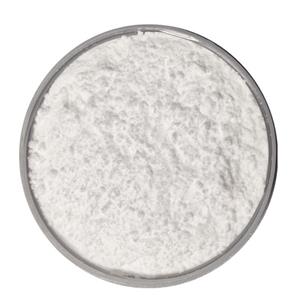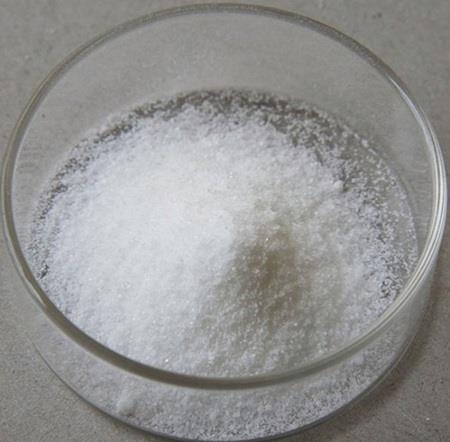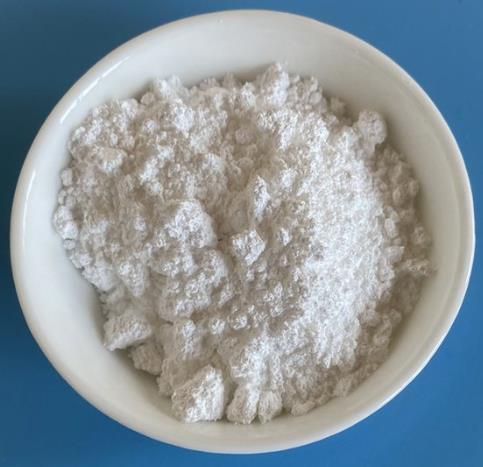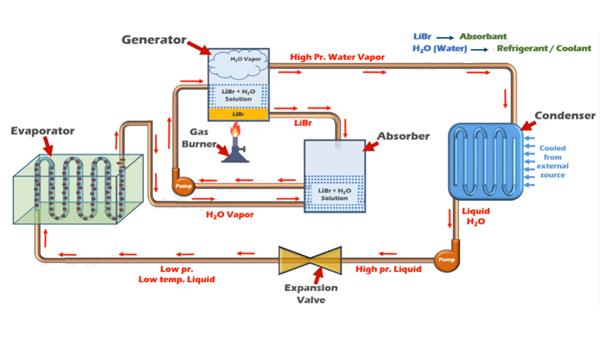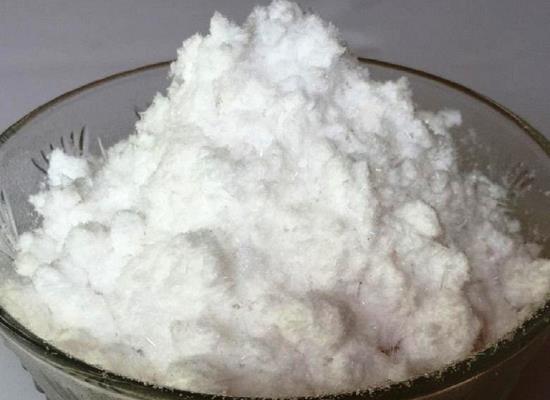Inorganic salts
More
Less
A salt is defined as the neutral ionic compound formed by chemical combination of acid and base, or through neutralization. Salts are formed when the ions are joined together by an ionic bond and when dissolved by a solvent such as water would dissociate into ions (other than H+ or OH-) An inorganic salt is one that does not contain C-H bonds.





